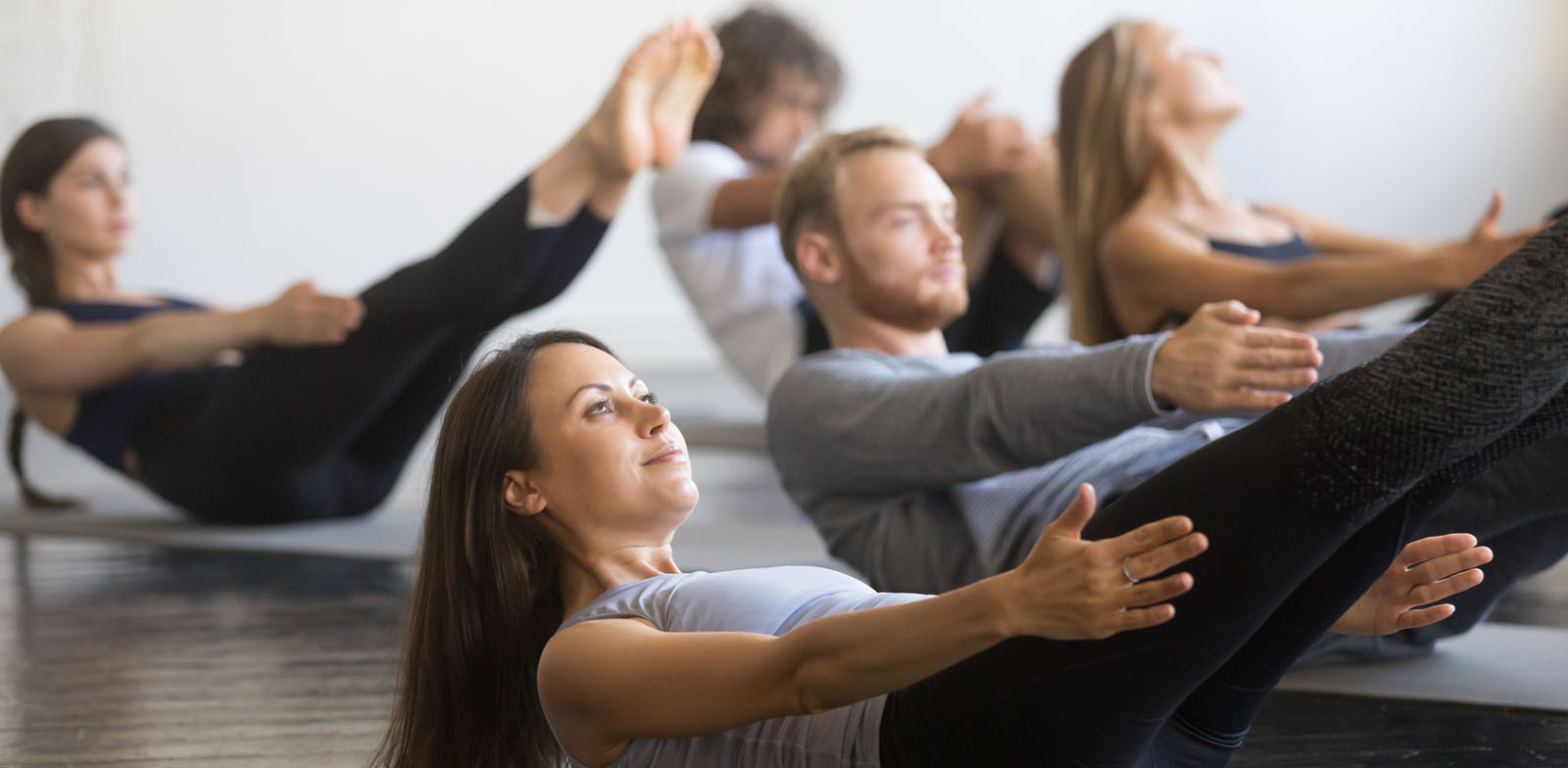If you're trying to grow a successful Pilates studio, your website is the cornerstone of your online marketing strategy. A great website provides you all of the tools you need to engage and educate new clients and motivate them to call you for an appointment.
We talk to many Pilates studio owners and managers who are overwhelmed about where to start with their website, and they tell us that it’s difficult to find good information about how to build an effective website without wasting time and money.
The goal of this Complete Guide is to go through all of the components of a Pilates website and help you make the right decisions for your studio.
Step 1: Choose a Domain Name
Your domain name, website address, or URL is the first thing you need to figure out with your new website. This is the address that people will see on your business cards, in the Google search results, and any other promotional materials you have for your studio.
To help you pick a great domain name, we've written an article on Choosing a Pilates Domain Name.
Step 2: Get an Email Address
Your email address might not seem like a big deal, but it's one of the key ways you interact with clients and so it takes some consideration.
Learn more here with Choosing an Email Address for Your Pilates Studio
Step 3: Responsive Design
About 50% of all traffic to your Pilates website is going to come from mobile devices like phones and tablets. That means that your site has to be optimized for those devices. If your site doesn’t work on mobile, clients will leave and find a site that works.
Learn more about mobile, responsive design.
Step 4: Easy Site Editing
Any good website is going to actively updated with new content, and that means that you’ll need to have an easy way to add, remove, and edit new pages and blog posts to your site.
In addition, you’ll need to make sure the company you choose to build your website is there to help you when you need assistance. If your site is difficult to update, chances are you won’t, and that ends up in a stale, inactive site that no one wants to visit!
Step 5: SSL Required
In July, 2018, Google started showing sites without SSL or HTTPS a “Not Secure” message in the address bar. Also, the latest Google guidelines are giving priority to sites with security installed. To make your clients feel confident and to keep Google happy, make sure your site includes SSL.
Learn more about SSL and site security here.
Step 6: Choosing a Platform
Your site has to live somewhere and you need to be able to access that and make edits. There are many different platforms that you can use to build your site, and they have their advantages and disadvantages. Some of these include WordPress (which can be risky for non-techies) and SquareSpace (which has some limitations).
Remember: the platform is just a tool that enables you to maintain your site. It needs to simply work, and it needs to be secure, easy to use, reliable, and be adaptable as the web changes.
At Waxwing, we built our own web platform and CMS for security, speed, and flexibility. That allows us to make sure your website is available 24/7 and works to help you grow your business. With Waxwing, you don’t need to worry about the technical aspects of your site.
Step 7: Creating Content
This is one of the toughest parts of building a successful site for your studio: creating content. Your basic phone and address information is the minimum that you’ll need. You’re going to also want pages on the types of services you provide, your hours, your staff, and the benefits of Pilates. All of this content will help clients make an informed decision before they call you and will also help improve your search ranking in Google.
At Waxwing, we’ve made your life easier with our Pilates Content Library and posts that will help boost your search ranking from day one.
Step 8: Use Quality Photos
Humans are visual creatures and we love photos, especially when we’re trying to choose a new Pilates studio. Your website is going to be the first impression clients have of your business, so it’s critical to get it right.
That means investing in professional photography of your studio, staff, and showing Pilates in action in your studio.
Your clients want to vicariously experience what it’s like if they visit your studio, so give them the tour, virtually.


